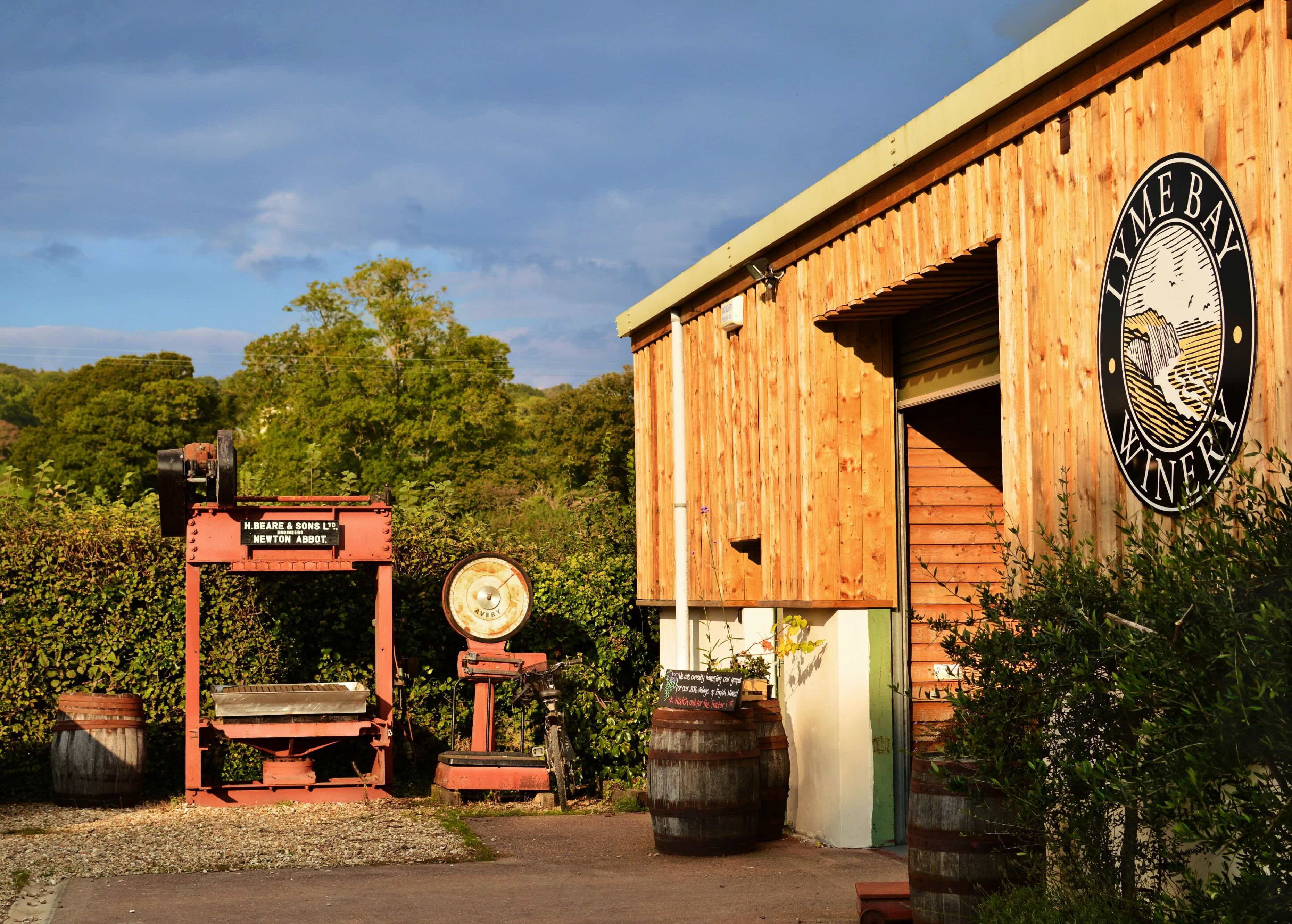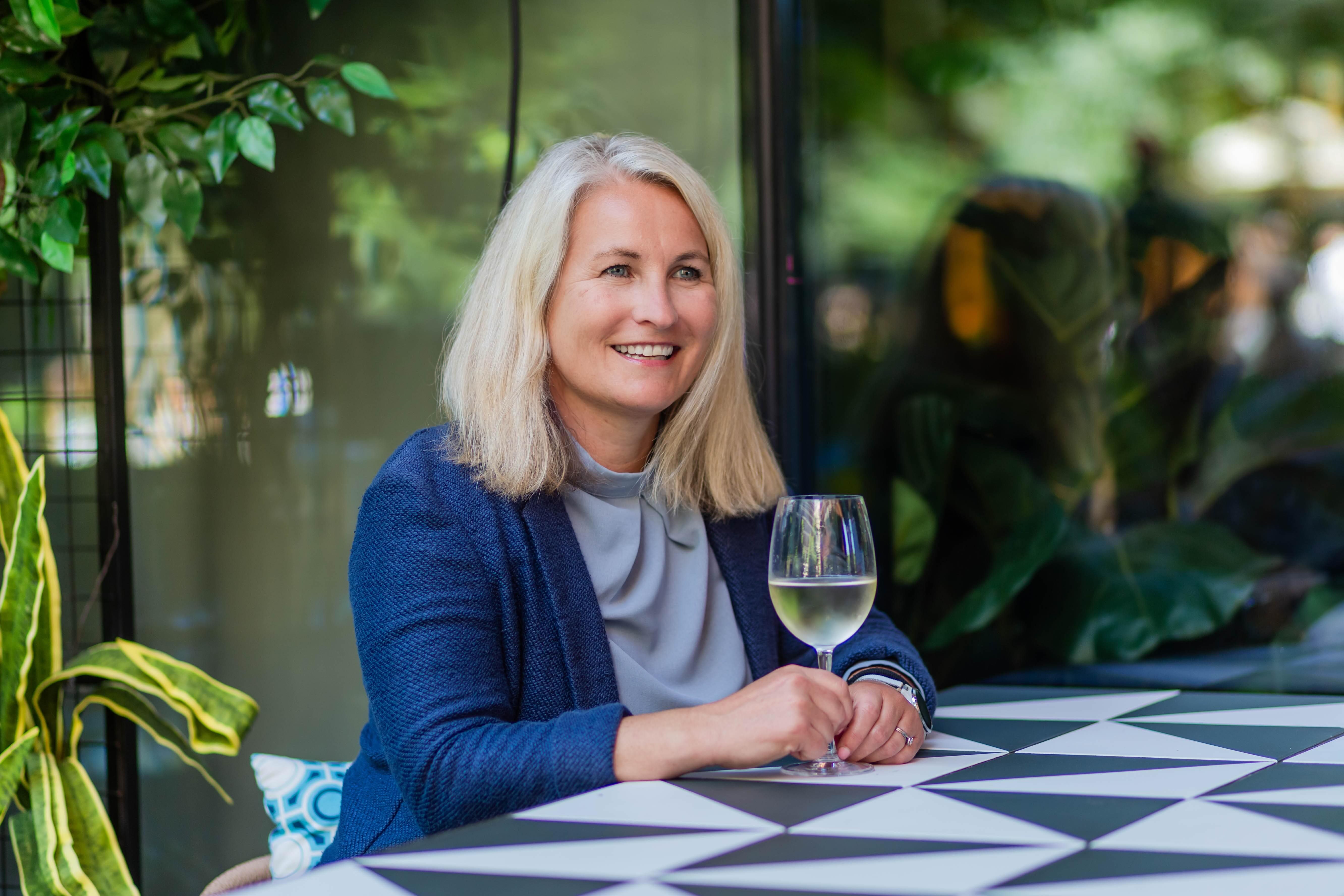“The altitude available in Ribera del Duero gives the winemakers here every chance of fresh, concentrated, high quality wines even into an uncertain future,” writes Turner.

Valley floor, slopes and paramos on show with layering of soils
I first visited Ribera del Duero in March earlier this year. Armed with a copy of Tim Atkin MW’s Ribera report (yes, I did pay for it!) to swot up on the journey, I hopped on the plane over to Madrid and within a couple of hours we were there, looking out over the valleys, ridges and plateaus of the central Sistemico Iberico.
Covering 115km east to west as the Duero River valley meanders through the provinces of Soria, Segovia, Burgos and Valladolid, it’s compacted to only 35km north to south by mountain ranges and moorlands. All told, it’s not the biggest region. A nudge over 25,000 hectares of vines split across over 60,000 plots shows a patchwork of terroir, history and intrigue for the intrepid winemakers and grape growers.
With just 41 years since the DO was founded, the villages of Anguix, La Horra and Atauta are not yet quite the household names amongst wine lovers as that of Gevrey-Chambertin, Nuits-St-Georges or Beaune, but there are plenty of reasons why Ribera del Duero has been referred to as the ‘Burgundy of Spain’. With a rich history and enviable tools at their disposal, the winemakers of Ribera Del Duero have a remarkably sellable product, with one selling point, altitude, standing tall above the rest.
The four pillars of Ribera Del Duero
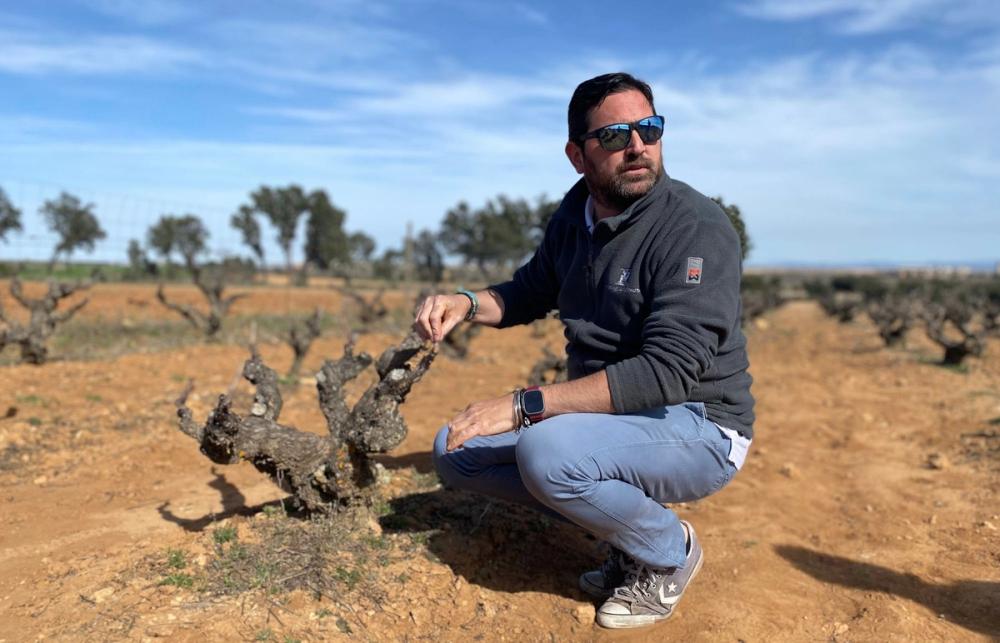
Jaime Suarez showcasing the soils and landscapes of Ribera Del Duero
The climate of the region is extreme. Grape growers refer to it as “9 months of winter and 3 months of hell!” With long, harsh winters where temperatures plummet below freezing, followed by hot, dry summers with large diurnal variations, the vines are put under a natural stress. Add in the low rainfall and it’s fairly clear why the Tinto Fino grapes (Tempranillo) are smaller in size, with thicker skins, perfect for low volume, high quality red wines.
The DO has mapped out over 30 soil types across the region, leading to its nickname of the ‘Burgundy of Spain’. The layering of clays, sands, stones, rocks and limestone see soils change so rapidly that it is common to have individual plots with more than one distinct soil profile. Indeed the famous Vega Sicilia boasts 19 soil types in just 200 hectares. There are generic ideas that the whiter, limestone blanqueros soils are more prevalent in the west in Valladolid, and it’s sandier up in Soria in the East, but every winemaker, no matter where they’re based, has planting options to enjoy.
The vines themselves are a huge distinction. Firstly, the name of Tinto Fino is used to distinguish the clones planted in this area as being different to the cheaper, higher yielding clones imported from across Spain and even Italy in the planting boom of the 1990s. Cabernet Sauvignon, Merlot, Malbec and Garnacha are others whites planted, and Albillo Mayor is back in vogue after a 2019 law change allowing whites to be produced under the DO, but Tinto Fino is definitely the main show in town. Secondly, of that Tinto Fino nearly 9% of the vineyards are registered over 80 years old. Dominio de Atauta’s La Roza plot in sandy, phylloxera-resistant Soria is reckoned to be around 190 years old. These older vines are producing naturally low yields, with high flavour concentration, but also a balanced freshness to produce world class wines.
The fourth “pillar” the Consejo likes to talk about are the people. Initially that sounds a bit twee, but it’s not as simple as talking up “Evie, who makes wine down the road, she’s a good egg!” This is much more about promoting the efforts of the people to keep this region going, to promote the least talked about element of sustainability: community.
The region is part of España Vaçiada, the large, sparsley populated, rural interior. Any business operating round here needs a buy in from its people, top to bottom. The top-down economic approach, focusing on high quality wines with enough margin to pay workers a decent wage, coupled with a renewed focus of wine tourism from Madrid and further afar to provide livelihoods across a range of skillsets, means that the wine industry here is committed to giving people a future worth staying around for.
Altitude – the magic ingredient
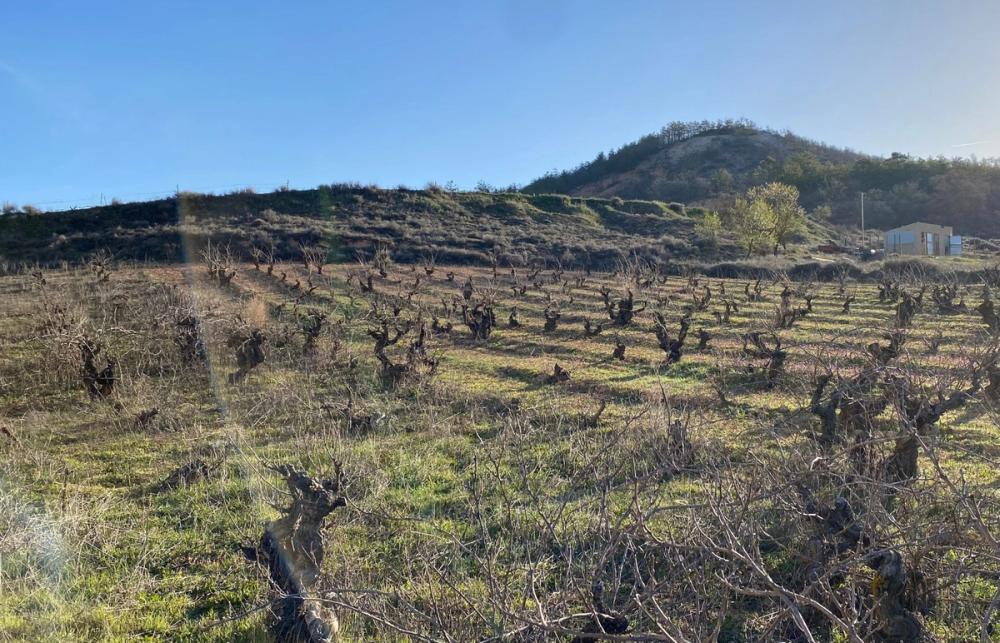
High altitude vines of Ribera Del Duero
Earlier this summer, the Consejo Regulador Ribera Del Duero ran a dedicated tasting to talk about this magic ingredient at the 40th floor restaurant, The Duck & Waffle, in central London. You’d struggle to pick a better location to talk about altitude!
The vineyards of Ribera del Duero lie between 720m and over 1000m above sea level. That means they are home to the highest vineyards in Europe outside of Switzerland. It’s this altitude and the use of sites on the valley floor, on the gently rising slopes, or even more recently the moorlands above, that help winemakers to manage that all important ingredient when making low volume, high quality wines: freshness.
For every 100m rise it’s reckoned that the temperature drops by 1oC. That means that even for a wine like Melida Wines’ Dos Alas Rojas, grown on the stony paramo of Moradillo de Roa in southern Burgos at 980m, you get a 15.5% abv wine harvested at 30hl/ha that is still delightfully balanced. The higher diurnal range the altitude affords allows for a longer growing season knowing that, despite the longer hang time to accumulate more flavour concentration, the acidity will be there to balance it all out come harvest time.
This trend of aiming for higher slopes and plateaus looks set to continue. As temperatures across the world increase it’s even more important to cling on to that natural freshness. Our time out in the region in March highlighted this with a lot of conversation about replanting, reusing or even simply establishing vineyards at over 950m and beyond. The altitude available in Ribera Del Duero gives the winemakers here every chance of fresh, concentrated, high quality wines even into an uncertain future.
Top high-altitude wines from Ribera Del Duero
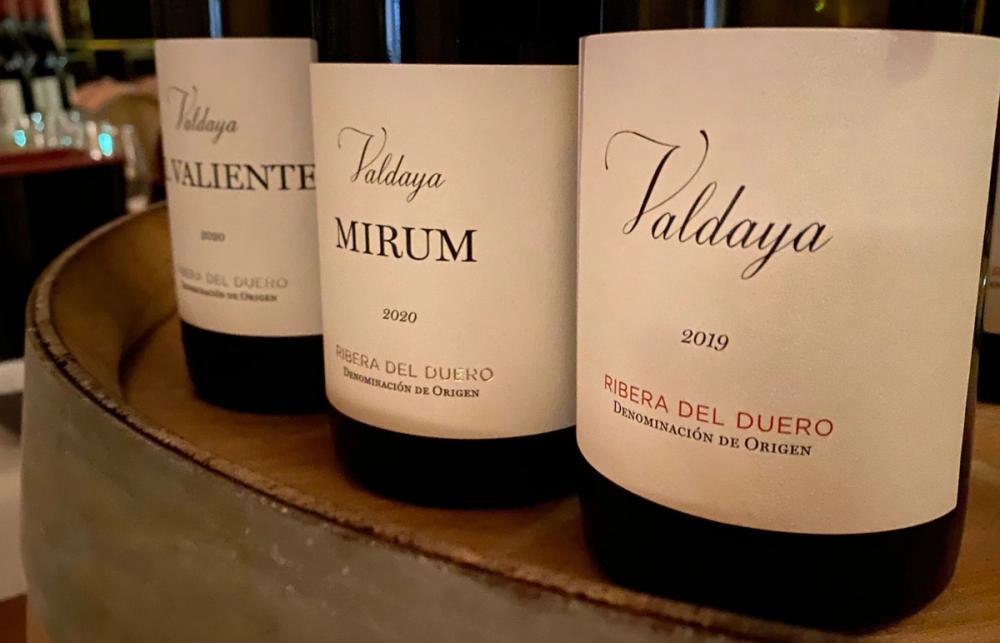
The wines of Valdaya
Bodegas Vizcarra, Inés 2020
José Manual Vizcarra was a replanting pioneer in the 1980s in Ribera del Duero. His son Juan Carlos decided that by 1991 it was time to begin making wine with the fruit of his dad’s labours. Interestingly enough, they are one of the few producers to make a varietal Graciano, labelled as Vino de la Tierra, that is well worth looking out for. But we’re going to stick with DO Ribera del Duero and their Inés. The fruit is sourced from vines around the town of Roa at about 850m on sand, gravel and clay limestone soils. Huge effort is taken to manage the extraction in the cellar including full destemming, 25-day fermentation in 400L open oak vats, then only pump overs, never punch downs. The result is a vibrant, almost light Ribera Del Duero, with heaps of herbal and floral character to add to those juicy dark fruits and spice. RRP £70
Bardos, Viñedos de Altura 2020
This winery is part of the Vintae Group, set up by the Arrambarri Terrero family of Rioja and owners of the Lopez de Haro brand. In 2004 they joined the band wagon of Ribera del Duero, but in such an incredibly considered way. For their Viñedos de Altura label they headed towards the heights of Soria, sourcing fruit from 950-1000m up in the Paramos de Corcos. The top 1m is sand, rock and gravel, but the ferrous clay base helps the vines cope with the hot and dry summers. This remarkably fresh wine is accentuated by using a touch of Albillo Mayor in the blend, with manual night time harvesting and an exceptionally low ferment at 18oC for the gentlest of gentle extractions. This wine is unbelievable value and a great entry for anyone to see what these high vineyards can achieve. RRP £18, imported by Vindependents
Bodegas Valdaya, Valdaya 2019
This place is a huge modern success story, notified by its place as one of Tim Atkin MW’s unofficial 1stgrowths of Ribera Del Duero. In the early 2000s Elena Lopez, based in Catalunya but originally from Sotillo de la Ribera, wanted to set up a winery in her home town. The start didn’t go quite to plan, but in 2013 she stumbled across Marta Ramas and Miguel Fisac, a couple of winemakers who were looking to settle into a project having earned their stripes in Bordeaux, Napa, South Africa and New Zealand. The 9 plots of 100% Tinto Fino were now micro vinified separately. They make three outstanding labels, with their Mirum being one of the finest wines to come out of Spain at the minute. But I love this Valdaya label, that Ramas calls their “infusion”. 4 plots from around the nearby Baños de Valdearados, across 855m-915m in altitude meaning that the small tight berries from these 50-95 year-old vines still keep remarkable freshness throughout. RRP £45, imported by Bancroft
Bodegas Bohorquez Reserva 2016
Established 20 years ago by Javier Bohorquez, a native of Jerez. The story goes that Javier was looking for some land in the region for months and couldn’t find anything suitable on offer. Then in 1998 he was filling up his car at a petrol station and overheard about some land for sale near Pesquera de Duero. The grapes grown for the Reserva are planted 900m up on poor stony soils with calcerous clay loam underneath. 88% Tinto Fino with the rest Cabernet and Malbec, harvested between 20-30hl/ha. For a 2016 Reserva this still had so much more to give thanks to that altitude freshness. Perfect for your wine lists now or for stashing a couple of bottles in your personal collection. RRP £30, imported by Ehrmanns
For further information about the wines of the Ribera del Duero, please contact Katie McAteer at Cube Communications on katie@cubecom.co.uk.
Mike Turner is a freelance writer, presenter, educator, judge and regular contributor for The Buyer. He also runs a wine events and ecommerce business, Feel Good Grapes, that explores and discusses the idea of sustainability in the wine trade.






